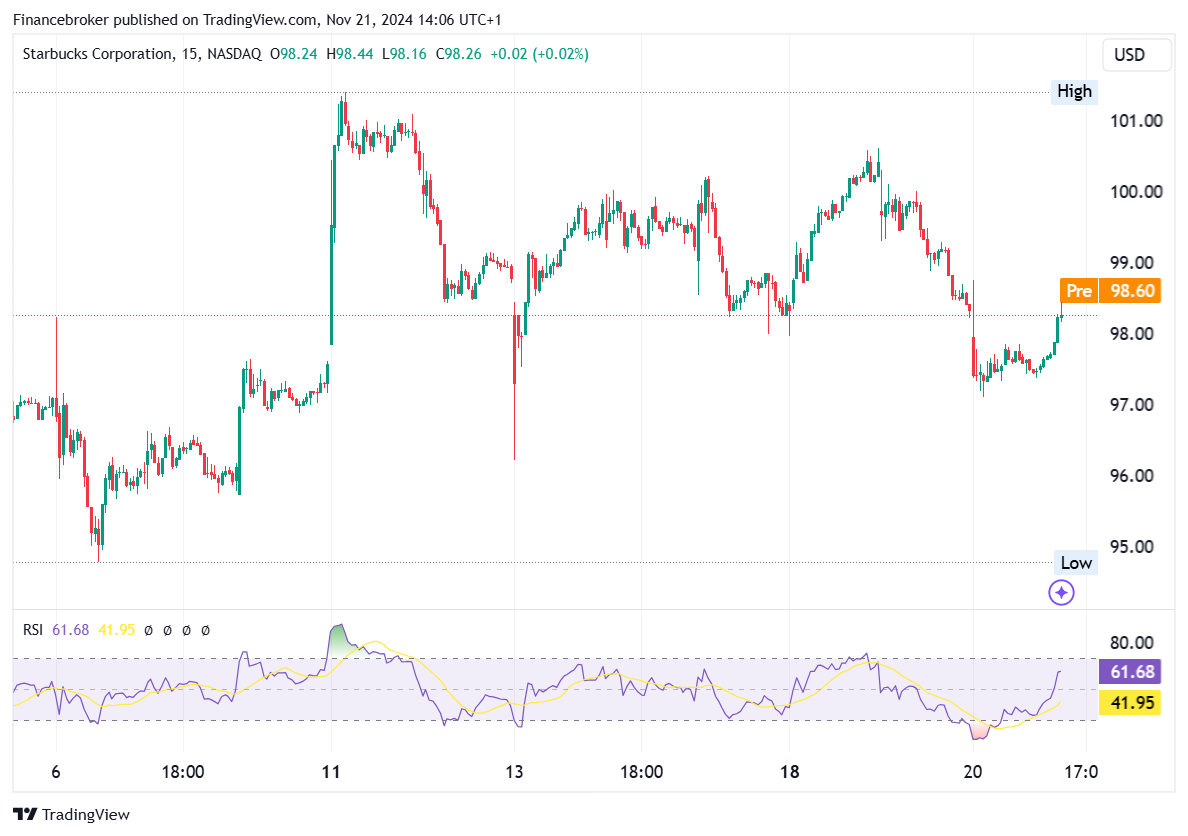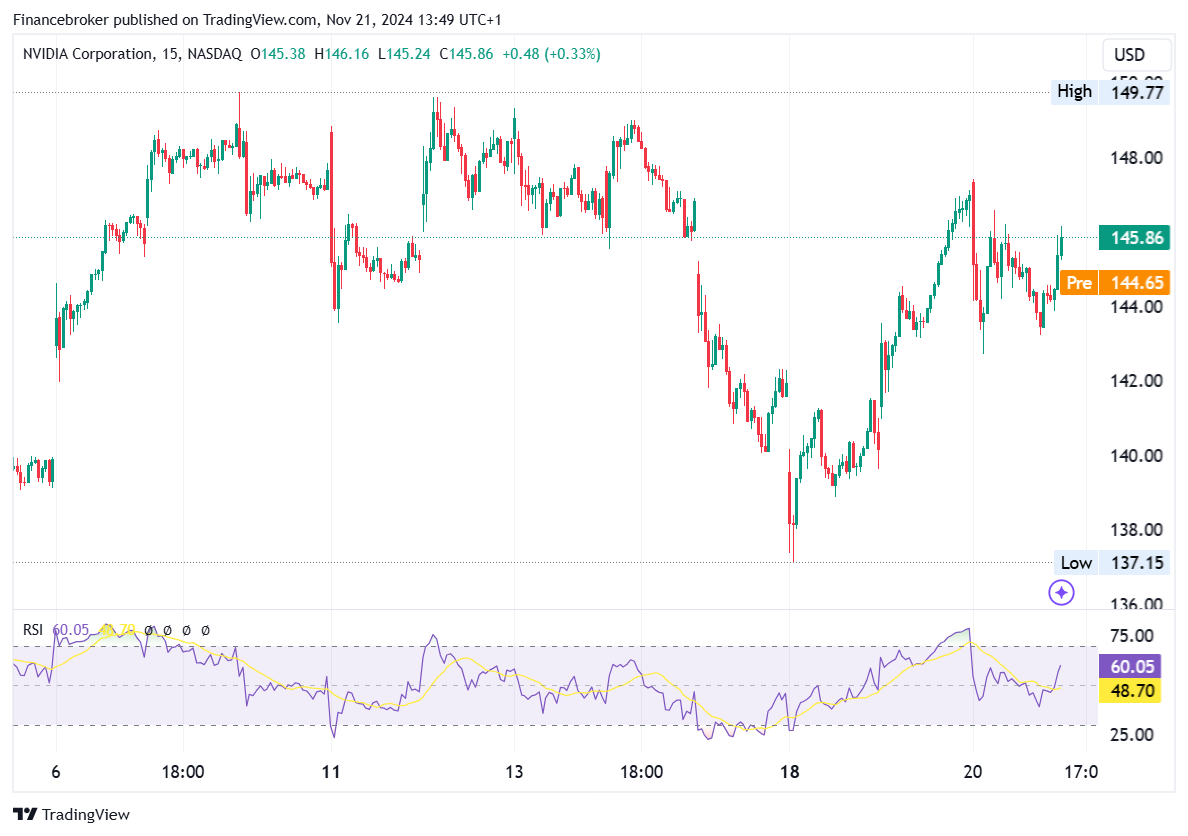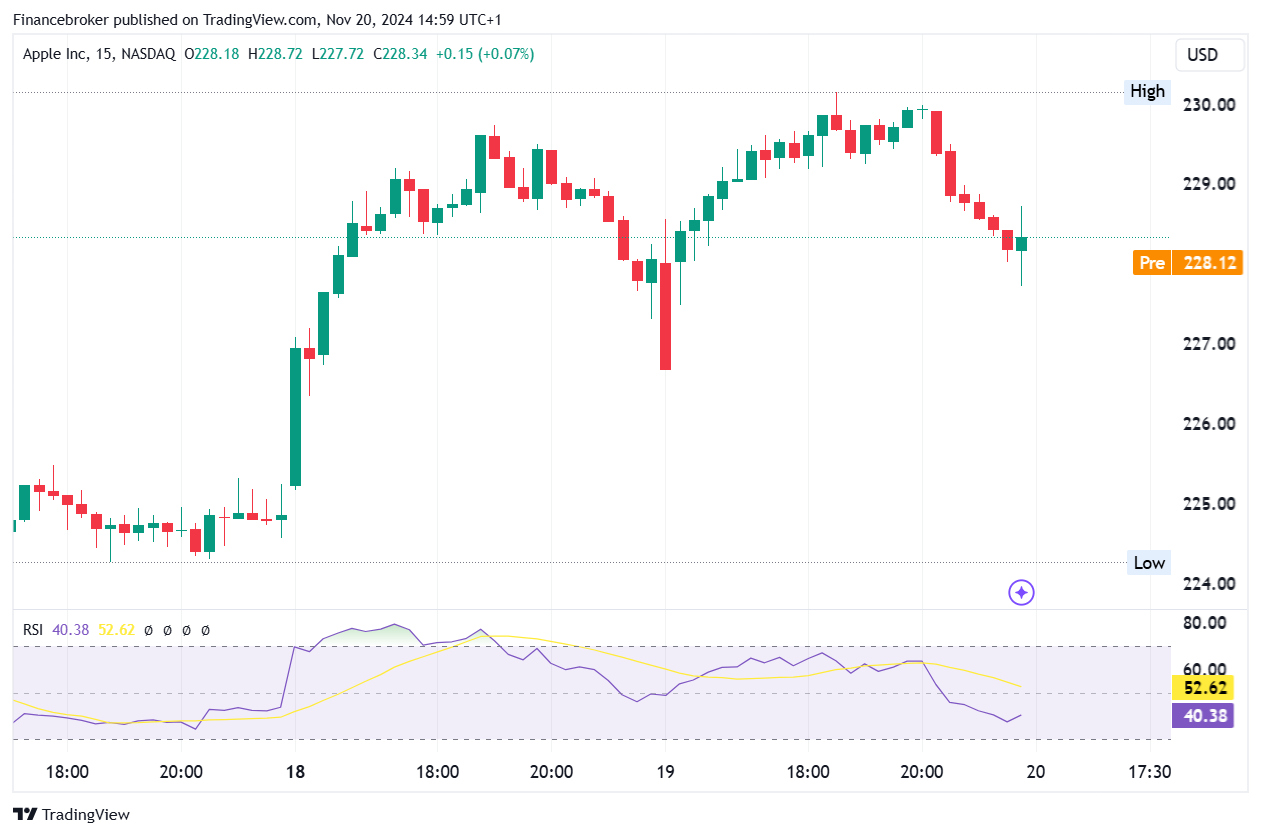
NRGU Stock’s Performance and Market Trends
NRGU Stock’s Performance and Market Trends
Are you familiar with MicroSectors U.S. Big Oil Index 3X Leveraged ETNs (NRGU) stock?
Let’s first learn more about NRGU stock before discussing NRGU stock price.
MicroSectors ETNs offer a cost-effective way to access specific sectors of the market with a focus on the BIG OIL industry. Within the BIG OIL lineup, investors can gain +3x leveraged exposure and -3x inverse leveraged exposure to the performance of the Solactive MicroSectors U.S. Big Oil Index.
The Solactive MicroSectors U.S. Big Oil Index comprises 10 highly liquid stocks representing leading companies in the U.S. oil and energy sector. What sets this index apart is its equal-weighted composition across all 10 stocks, creating a distinctive performance benchmark that emphasizes a value-driven investment approach.
Unlike indices weighted by market capitalization, which can be heavily influenced by a few large companies, an equal-weighted index promotes a more diversified portfolio.
The price of NRGU stock was $432.55, at the time of writing. What about a 1-year daily total return? It is worth noting that the 1-year daily total return was -2.07%.
Leveraged exchange-traded notes
Leveraged exchange-traded notes (ETNs) are complex financial instruments designed to provide amplified exposure to an underlying index, asset, or benchmark performance.
These investment products are intended for experienced investors who are seeking to capitalize on short-term market movements. Still, they come with significant risks and may not be suitable for all investors. In this comprehensive guide, we will explore leveraged ETNs in detail, covering their definition, how they work, their benefits, risks, and some key considerations.
Definition and basic characteristics:
Leveraged ETNs are a type of exchange-traded product (ETP) that aims to provide multiples (typically 2x or 3x) of the daily or monthly returns of an underlying index, asset, or benchmark. They are structured as debt instruments issued by financial institutions, such as banks or other financial intermediaries.
Unlike exchange-traded funds (ETFs), which hold underlying assets like stocks or bonds, ETNs do not own any assets. Instead, they are essentially unsecured promissory notes that track the performance of an index.
key characteristics of leveraged ETNs:
Leverage: The primary feature of leveraged ETNs is leverage. If you invest in a 2x leveraged ETN, it seeks to provide double the daily returns of the underlying index. Similarly, a 3x leveraged ETN aims to provide triple the daily returns. This leverage can magnify both gains and losses, making these products highly volatile.
Daily reset: Leveraged ETNs typically reset their leverage on a daily basis. This means the fund manager recalibrates the exposure to maintain the target leverage level each trading day. As a result, the performance over multiple days can significantly deviate from the expected multiple of the index’s returns.
Inverse and bull/bear ETFs: In addition to traditional leveraged ETNs, there are also inverse leveraged ETNs (also known as “bear” or “short” ETNs) that seek to provide the opposite performance of the underlying index. For example, a -2x leveraged ETN aims to deliver twice the inverse of the daily returns of the index.
Benefits of leveraged ETNs:
Enhanced returns: The primary benefit of leveraged ETNs is the potential for amplified returns. Investors who correctly anticipate short-term market movements can use these products to enhance their gains.
Diversification: Leveraged ETNs can provide diversified exposure to various asset classes, sectors, or strategies without having to purchase individual assets.
Liquidity: Leveraged ETNs trade on major stock exchanges, offering liquidity and ease of trading during regular market hours.
Inverse exposure: Inverse leveraged ETNs allow investors to profit from declining markets or hedge existing positions.
Risks associated with leveraged ETNs:
While leveraged ETNs offer the potential for increased returns, they also come with significant risks, including:
Volatility: Leveraged ETNs are inherently more volatile than their unleveraged counterparts. The compounding of daily returns can lead to amplified losses in turbulent markets.
Leverage decay: Over time, leveraged ETNs can experience “leverage decay” due to the daily resetting of leverage. This means that even if the underlying index experiences flat or slightly positive returns over an extended period, the ETN’s value may decline.
Short-term focus: These products are designed for short-term trading and are not suitable for long-term investors. Holding leveraged ETNs for an extended period can result in significant deviations from the expected returns.
Tracking error: Leveraged ETNs may not precisely track the multiple of the index’s returns due to factors like fees, trading costs, and the daily reset mechanism.
Counterparty risk: Leveraged ETNs are issued by financial institutions, and investors are exposed to the credit risk of the issuer. If the issuer defaults, investors may lose their entire investment.
Lack of dividends: Leveraged ETNs typically do not pay dividends, which can be a disadvantage for income-focused investors.
Key considerations for investors
Before investing in leveraged ETNs, investors should consider the following:
Investment horizon: These products are suitable for short-term trading and speculation. Long-term investors should look elsewhere.
Risk tolerance: Due to their high volatility, leveraged ETNs are best suited for investors with a high risk tolerance who understand the potential for significant losses.
Monitoring: Daily monitoring of leveraged ETN positions is essential because of the daily reset feature.
Costs: Understand the fees associated with these products, including management fees and any trading costs.
Alternative instruments: Consider whether alternative investment vehicles, such as options or futures contracts, might better serve your trading or hedging objectives.
Credit risk: Be aware of the creditworthiness of the issuer, as you are essentially lending money to the issuer when you invest in an ETN.
In summary, MicroSectors ETNs offer a cost-efficient means of targeting specific market sectors, particularly the BIG OIL sector, while the Solactive MicroSectors U.S. Big Oil Index provides exposure to a well-balanced selection of 10 key stocks in the U.S. oil and energy industry, encouraging a diversified and value-focused investment strategy.
The post NRGU Stock’s Performance and Market Trends appeared first on FinanceBrokerage.



